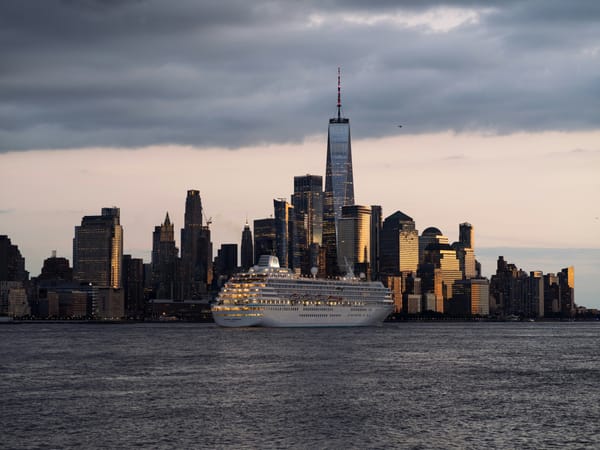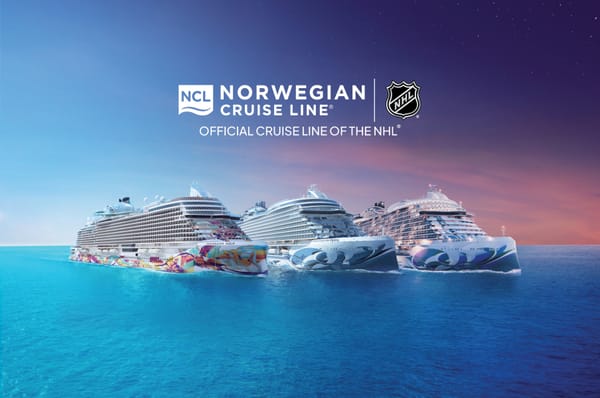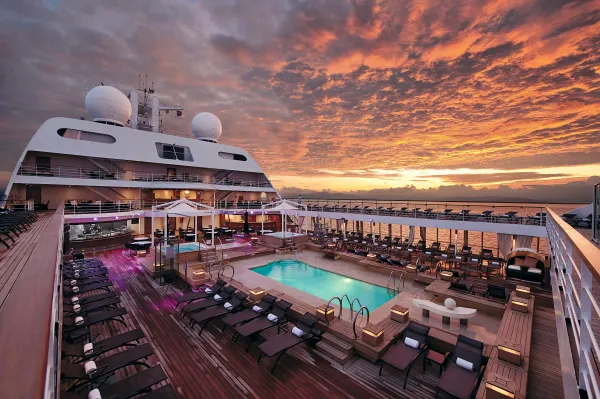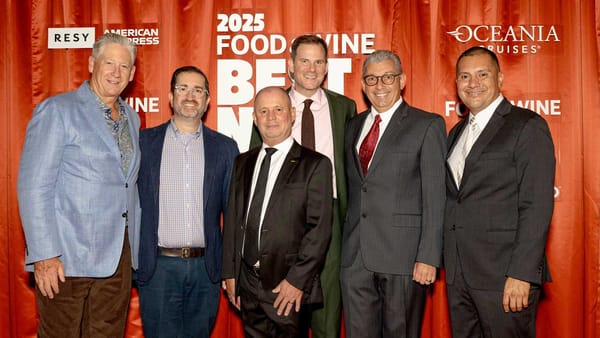Cayman Islands Voters Reject Cruise Port Expansion in George Town
The decisive vote against expanding George Town’s cruise port highlights ongoing tensions between economic growth, environmental protection, and the evolving priorities of destination communities.

The Cayman Islands have voted against a contentious proposal to develop new cruise berthing infrastructure in George Town, decisively rejecting a plan that would have introduced modern docking facilities for larger vessels. According to official referendum results from April 30, 2025, 64% of voters (11,973) opposed the project, while 29% (5,417) supported it, recording an overall turnout of 73%.
Key Results of the Referendum
The defeated $150–$200 million proposal sought to construct two new cruise piers and expanded terminal facilities capable of accommodating up to four ships simultaneously, including the latest generation of larger vessels. Proponents believed this would preserve the Cayman Islands’ status as a top Caribbean cruise destination, highlighting the potential for increased tourism revenue. However, critics pointed to uncertainties in cost projections and long-term socio-economic impact. Environmental groups also warned that the reefs and marine life near George Town could be harmed by dredging and larger-scale operations.
Scope and Controversy Surrounding the Project
Led by the Association for Cruise Tourism (ACT), supporters argued the expansion was necessary to remain competitive, especially given declining cruise arrivals (from over one million visitors in 2023 to under 750,000 in 2024). They also emphasized that partial funding was anticipated from major cruise lines, reducing the financial burden on the territory. Yet the grassroots group Cruise Port Referendum (CPR) Cayman mobilized strong opposition. In a public statement, CPR Cayman stated that the proposal “lacked transparency on cost projections and failed to address public concerns,” urging government officials to invest in affordable, eco-friendly upgrades instead of large-scale construction.
Stakeholder Reactions
Following the vote, CPR Cayman celebrated the outcome as a victory for “sustainable tourism and local residents,” calling for fairer referendum laws and cautioning leaders to prioritize regional stability over rapid tourism development. They contend that modest improvements to the existing tender system could preserve visitor satisfaction without risking the islands’ natural beauty.
ACT voiced disappointment, warning that the inability to accommodate larger ships could lead cruise lines to favor competing ports, such as Cozumel or Jamaica. Nonetheless, the organization pledged to respect the referendum’s result while continuing to advocate for evidence-based solutions to ensure the long-term viability of the cruise sector. “Many livelihoods depend on this industry,” an ACT representative noted, “and we remain committed to sustainable, competitive growth for the Cayman Islands.”
Implications for the Cruise Industry
The referendum outcome signals a turning point for tourism development in the British Overseas Territory. While the project’s rejection eases immediate environmental fears, concerns persist over the decline in cruise visitor numbers and the potential loss of market share to other Caribbean destinations. This decision also mirrors a global trend in which residents of popular cruise ports, such as Venice and Barcelona, resist large-scale infrastructure projects, citing worries over both environmental strain and threats to cultural integrity.
Moving forward, government officials face the challenge of balancing economic interests and community well-being. A consensus on upgrading current tender facilities may offer middle ground, ensuring the islands retain their appeal without compromising marine resources or quality of life for residents.
As discussions continue, stakeholders from across the Cayman Islands acknowledge that tourism remains a critical economic pillar. The key question is how to nurture that pillar responsibly while maintaining the unique character of George Town’s waterfront and the islands’ natural heritage.
Frequently Asked Questions (FAQs)
Why did Cayman Islands residents reject the cruise infrastructure proposal?
Concerns centered on environmental damage, high costs, and insufficient transparency in the planning process. Many felt the risks to marine habitats and the potential disruption to everyday life outweighed the promised economic benefits.
What was included in the original cruise berthing proposal?
The project called for constructing two new piers and an expanded terminal area in George Town, with space to dock up to four large ships. The plan also outlined retail developments and new transportation zones.
What are the potential impacts of this decision on the cruise industry?
Major lines seeking to deploy larger vessels may bypass the tender-only system, which could drive some cruise traffic to other ports. This shift raises questions about the long-term viability of cruise tourism in the Cayman Islands.
What steps has CPR Cayman proposed for sustainable tourism?
The group advocates for enhancing the existing tender facilities with cost-effective, environmentally friendly upgrades. Their vision emphasizes preserving the islands’ marine ecosystems while maintaining a positive visitor experience.
How does this vote align with global trends in tourism development?
The outcome reflects a broader pattern of communities resisting large-scale cruise projects due to environmental and socio-economic concerns. Similar debates in cities such as Venice and Barcelona have highlighted the complexities of managing overtourism.




